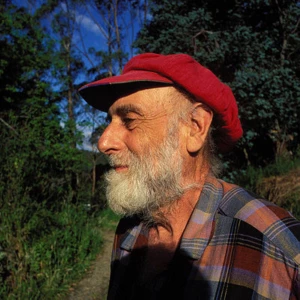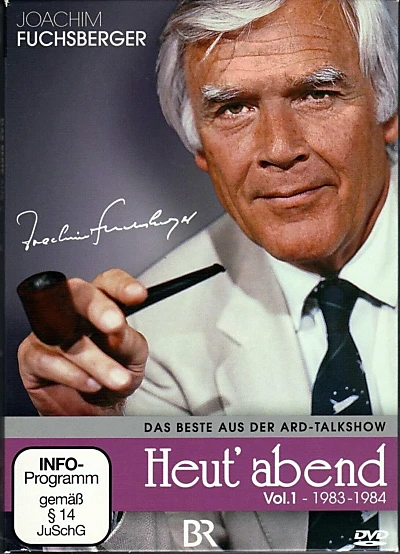
Biography
(No Information)
Filmography
all 6
self 6
TV Shows 5
Movies 1
Information
Known ForActing
GenderMale
Birthday1928-12-15
Deathday2000-02-19 (71 years old)
Birth NameFriedrich Stowasser
Birth PlaceVienna, Austria
CitizenshipsNew Zealand, Austria
AwardsGrand Decoration of Honour for Services to the Republic of Austria, Grand Decoration of Honour in Gold for services to the State of Vienna, Officer of Arts and Letters
This article uses material from Wikipedia.
Last updated:
Image credit: Hannes Grobe, CC BY-SA 2.5, via Wikimedia Commons
 Friedensreich Hundertwasser
Friedensreich Hundertwasser- Filmography
- Information


